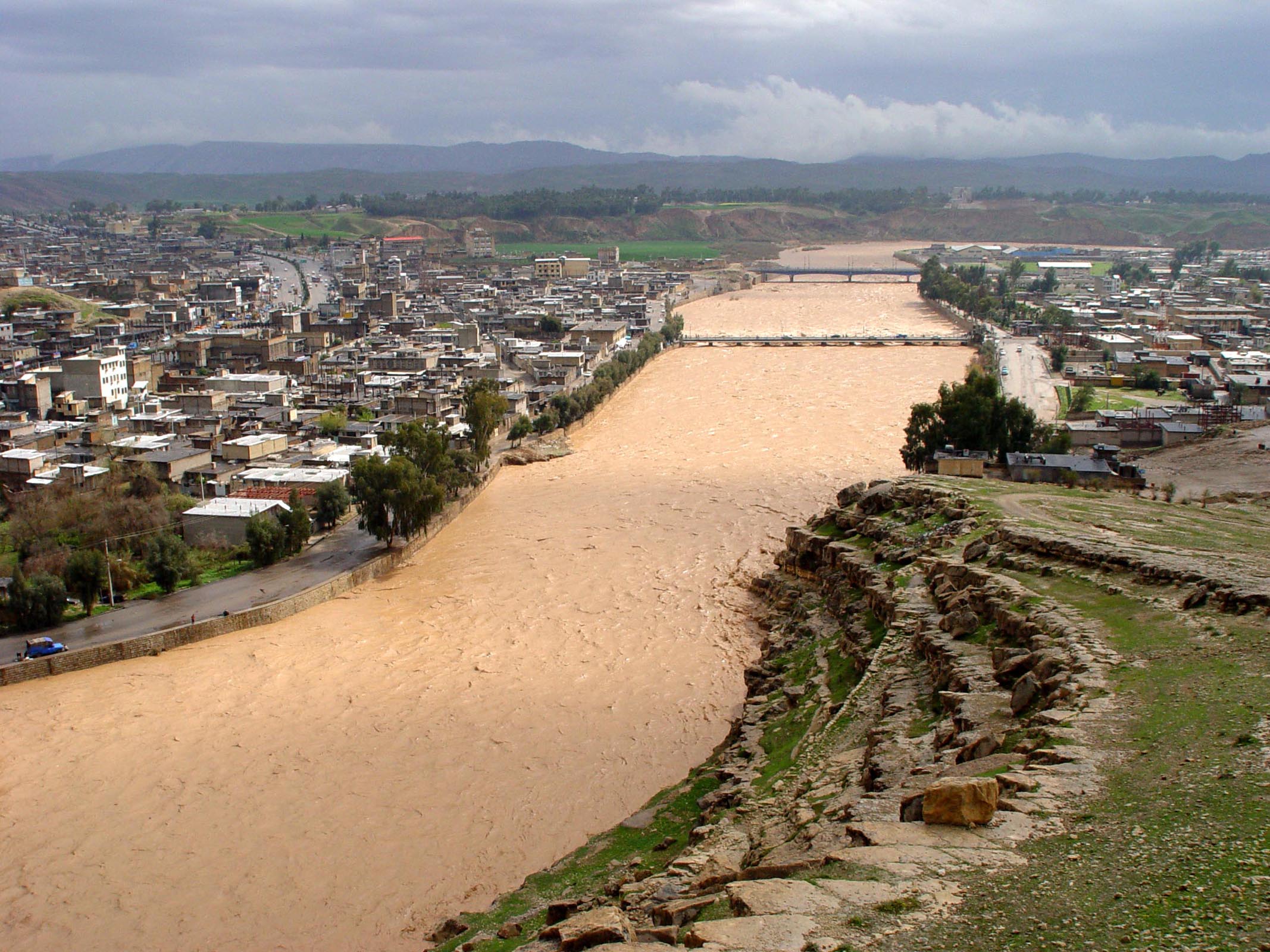For a majority of Iranians, the end of summer heralds the beginning of the academic year. But for the small mountainous province of Lorestan, the end of summer marks the beginning of the devastating flood season that for the past two years has inflicted a heavy death and financial toll on the province.
And this year is not expected to be different.
“All relevant sectors must be ready for the first rainfall of autumn, for it will cause flash floods like in the past two years,” Reza Ariyaei, director of Lorestan Disaster Mitigation and Management Organization, told Mehr News Agency.
“We can tell from experience that the first rainfall of autumn, which usually occurs toward the end of the Persian month of Mehr (starting Sept. 22), causes flash floods, so we need to be prepared and take precautions.”
Prior to the horrific 2014 flash floods, the province had not experienced a single flooding incident since February 2005.
“Due to our prolonged struggle with drought, we had grown lax and did not expect to be hit with floods and that’s when the September 2014 floods happened,” he said.
Lorestan’s mountainous topography and excessive deforestation reduced river depth due to sedimentation and development along river banks increased both the odds of floods and the damage they inflict.
“Right now is the perfect time to dredge the rivers due to the low volume of water,” he said, adding that provincial authorities have been instructed to take measures as soon as possible.
Heavy Rain, Little Gain
Despite sporadic but heavy rainfall in the past two years, Lorestan still struggles with drought, because the province is ill-prepared to collect the water.
“The average rainfall last year hit 750 milliliters last year and it even reached 1,400 mm in some regions, but it had no impact on the province’s struggle with drought,” Ariyaei said.
Environment officials have long implored provincial authorities to take watershed management seriously, due to its role in preventing flood damage and collecting water safely.
A watershed is the area of land that catches rain and snow, and drains or seeps into a marsh, stream, river, lake or groundwater. Proper watershed management takes into account the topography and climate of the region.
Maintaining vegetation and banning construction along rivers are other measures touted by the Department of Environment as key to mitigating flood damage.


